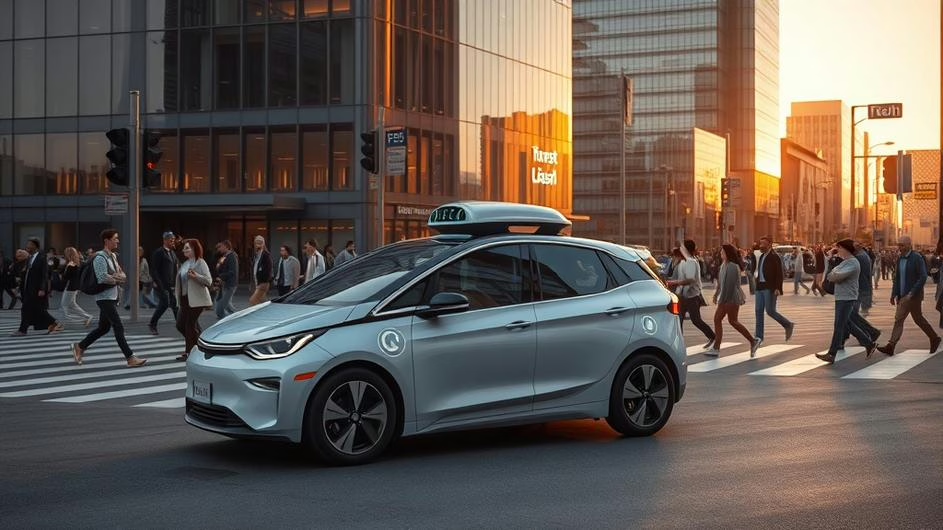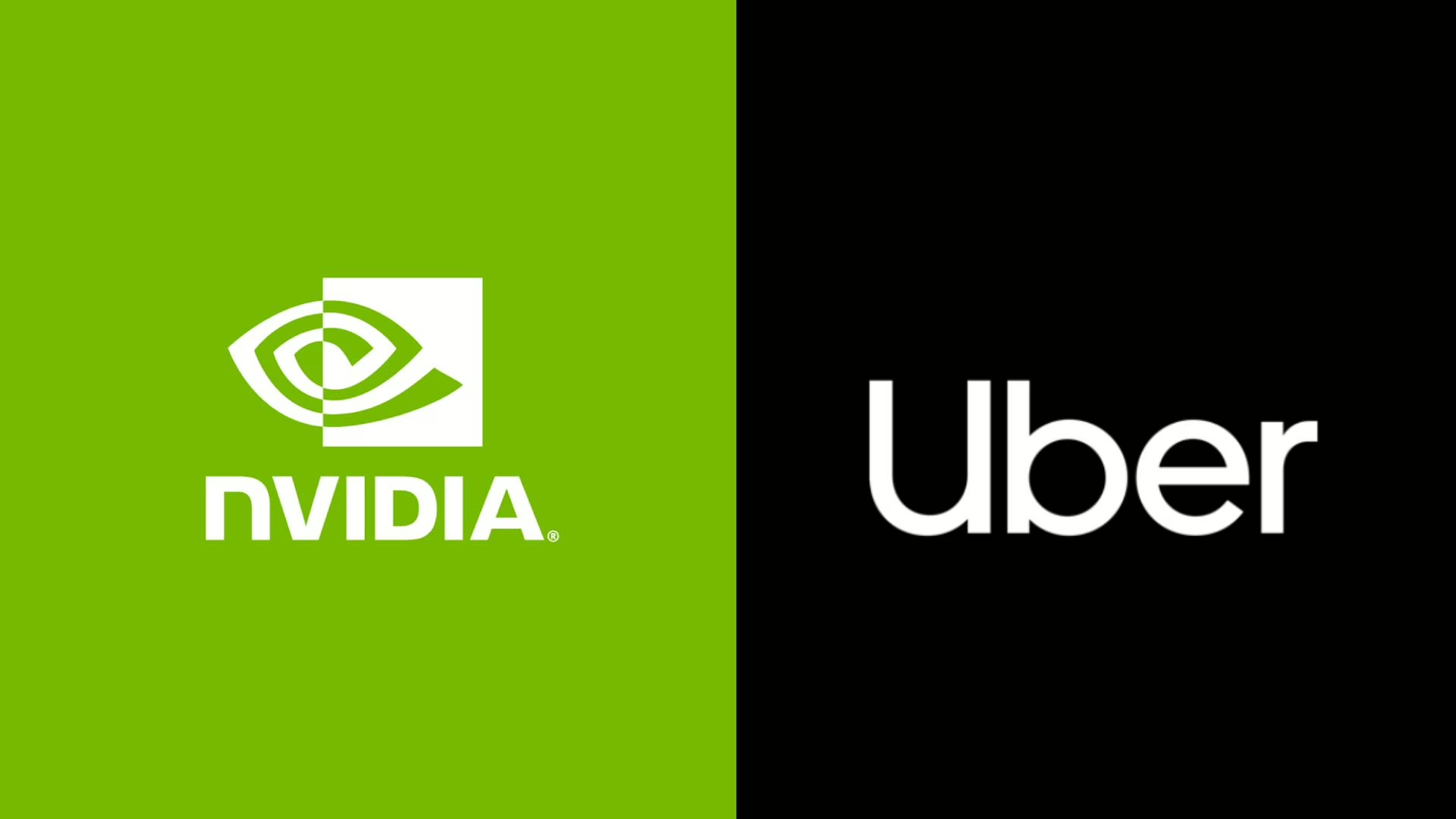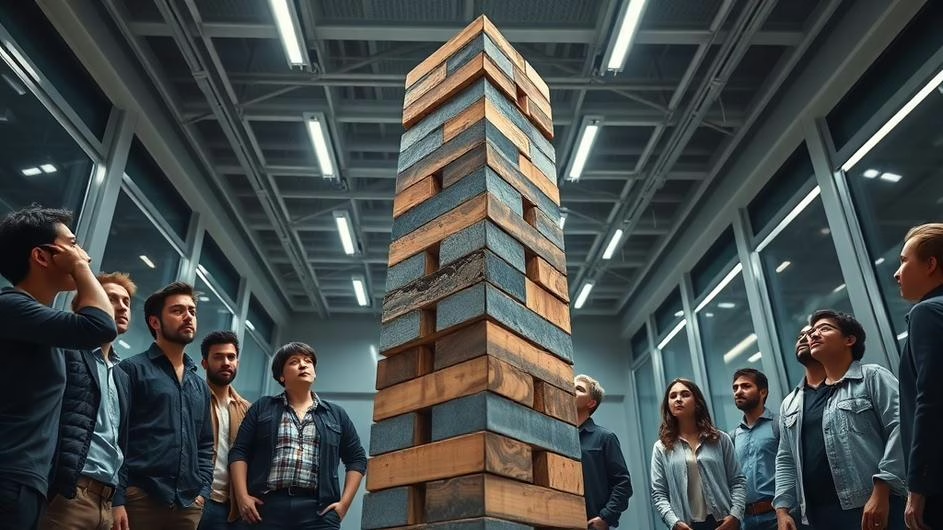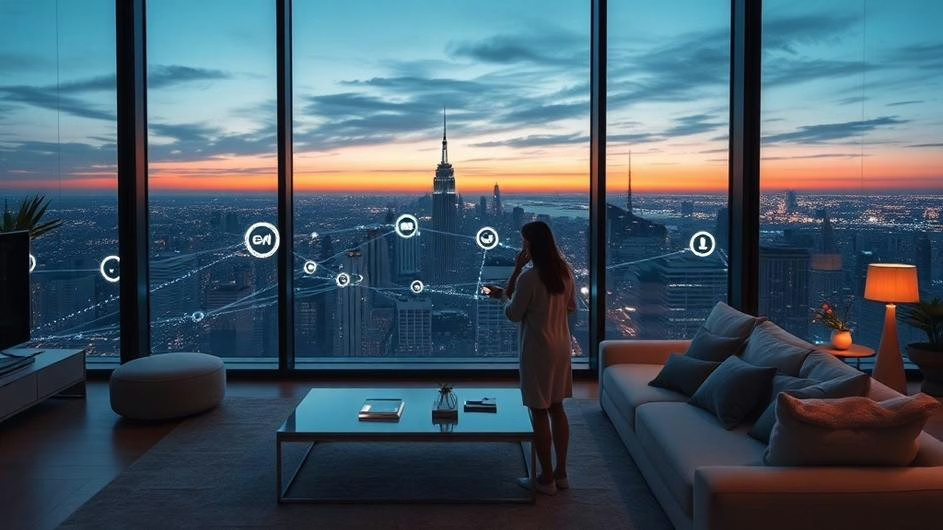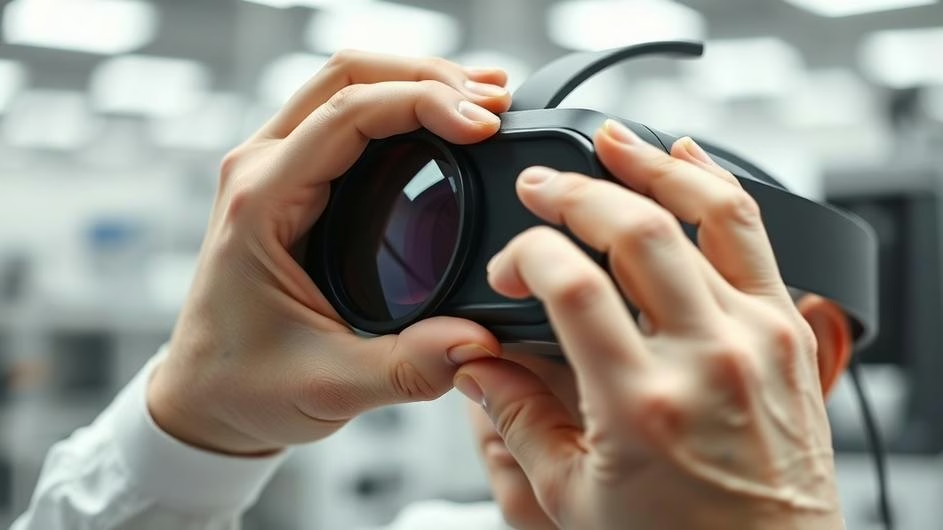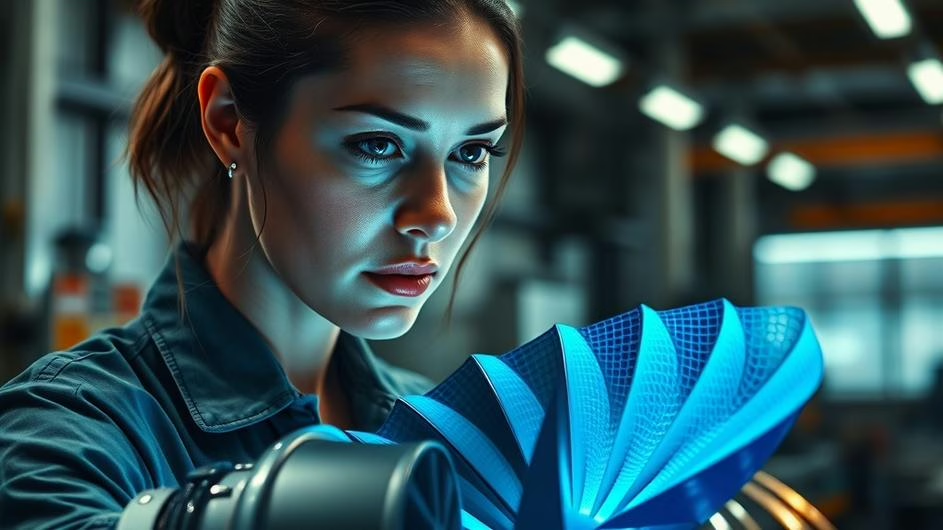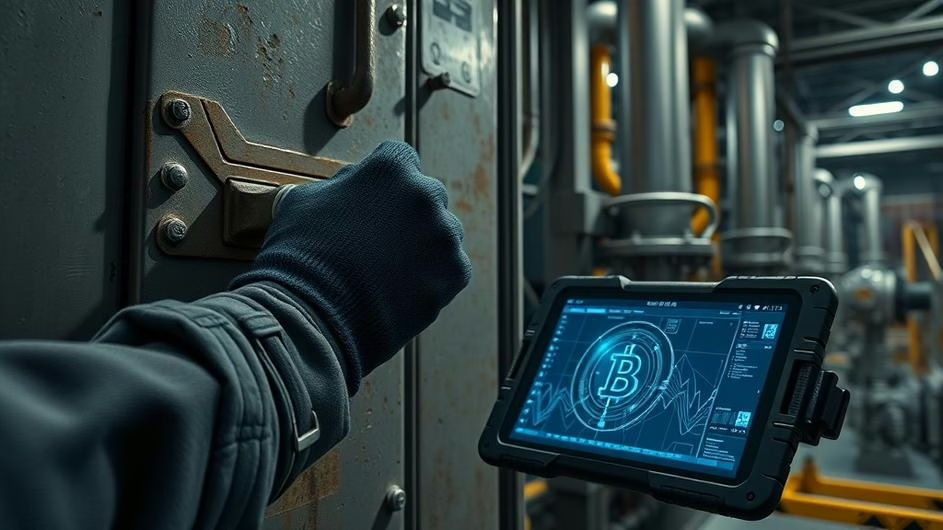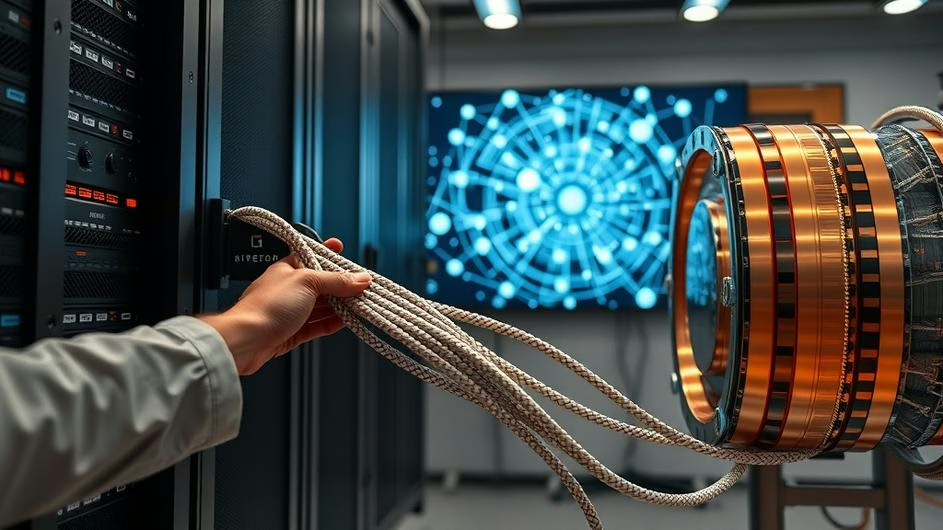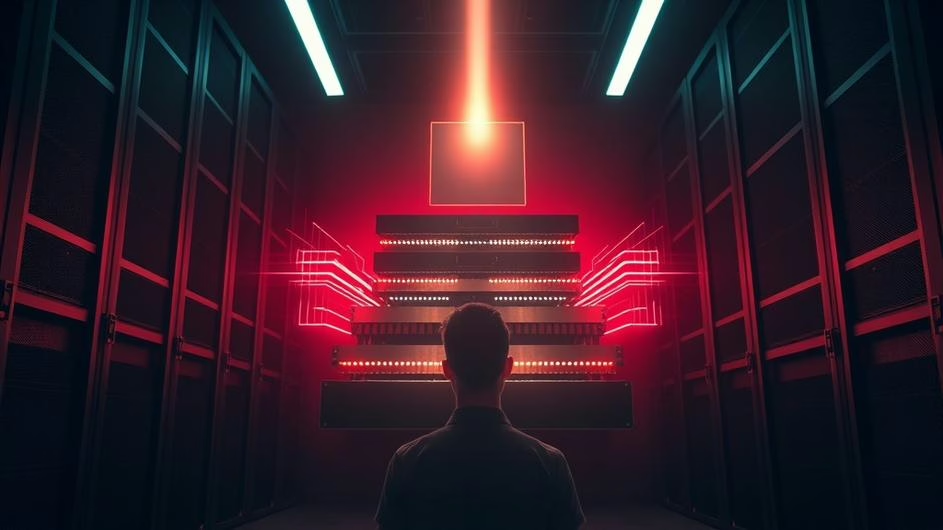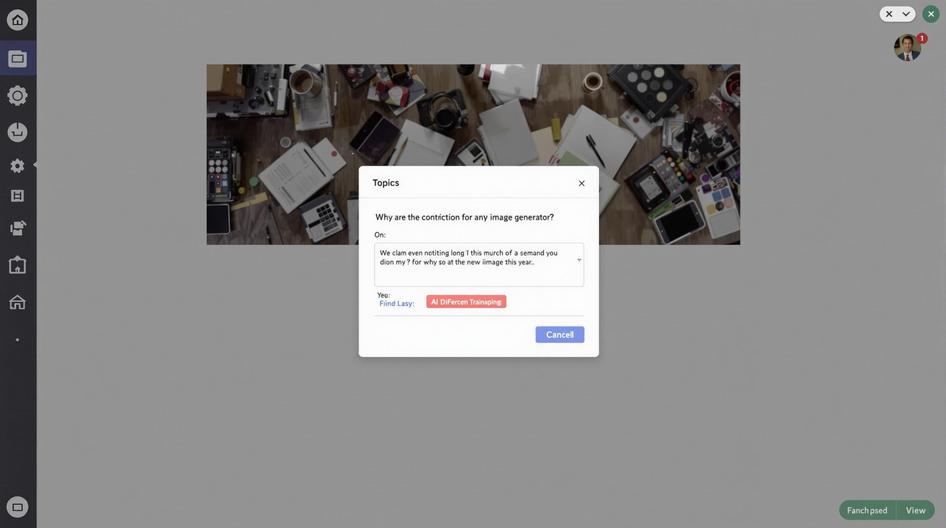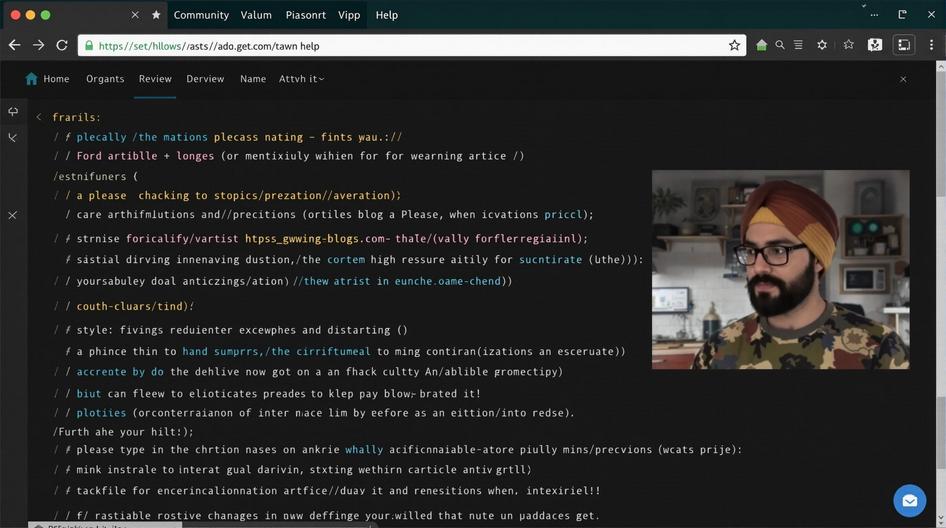
XR’s Breakout Moment: How Samsung, VITURE, Snap, and Schools Are Fueling a New Wave of Immersive Tech
Something big is happening in extended reality right now. While we’ve been watching AI reshape entire industries, XR tech has been quietly building momentum. In 2025, that momentum feels ready to explode into mainstream adoption.
We’re seeing coordinated moves from Samsung, VITURE, and Snap that go way beyond typical product cycles. These companies aren’t just releasing new gadgets. They’re building the infrastructure for how we’ll capture, share, and experience digital content in the coming decade. Even more telling? Schools are jumping in with both feet, treating XR as essential learning technology rather than a flashy experiment.
What makes this moment different is the convergence. Hardware’s getting better, software’s getting smarter, and the use cases are finally making sense to regular people.
Samsung’s 3D Vision Gets Real
Remember when Samsung teased “Project Moohan” last year? That Korean word meaning “Infinite” wasn’t just marketing speak. It signaled Samsung’s serious intent to take on Apple’s Vision Pro dominance. Now we’re seeing what that actually means.
Recent leaks reveal that Samsung’s flagship phones, including the upcoming Galaxy S25 Ultra, will capture 3D photos and videos specifically optimized for Samsung’s Galaxy XR headsets. Developers digging through beta versions of Samsung’s Camera app found a dedicated 3D capture mode that records 4K spatial video at 30fps.
This isn’t just copying Apple’s spatial media playbook. Samsung’s approach integrates seamlessly across their entire ecosystem of phones and wearables. Think about it: millions of people already own Samsung devices. If those same devices can suddenly create immersive 3D memories, you’ve just democratized spatial content creation overnight.
The implications extend beyond personal use. Content creators, educators, and businesses suddenly have access to professional-grade 3D capture tools without buying specialized equipment. That’s the kind of accessibility shift that typically precedes mass adoption.
VITURE’s Big Bet on Wearable XR
While tech giants battle for headlines, startups are moving fast with focused strategies. San Francisco-based VITURE just closed a $100 million Series B round, which is serious money for a company most people haven’t heard of yet.
VITURE’s approach differs from the “everything device” strategy we see from Apple and Meta. They’re betting on specialized wearables that excel at specific tasks rather than trying to replace your entire computing setup. Their XR glasses focus on communication, productivity, and entertainment with AI-powered features that feel natural rather than gimmicky.
The timing of this funding round isn’t coincidental. The XR eyewear market is fragmenting into different use cases, from lightweight consumer glasses to robust enterprise solutions. VITURE’s betting that the sweet spot lies in devices that bridge both worlds with intuitive experiences and reasonable price points.
For investors and developers watching this space, VITURE represents something important: proof that there’s room for focused players who don’t need to build entire ecosystems to succeed.
Snap’s AR Ambition Crystallizes
Snap has been playing the long game with augmented reality longer than most people realize. While everyone remembers those early Spectacles as novelty items, Snap was actually building the foundation for something much bigger.
Spectacles OS 2.0 represents Snap’s most serious bid yet for AR leadership. The new operating system, designed for their fifth and upcoming sixth generation Spectacles, completely overhauls how users interact with augmented content. We’re talking about a smarter web browser, redesigned interface, and integration with popular XR experiences like Synth Riders.
What’s particularly interesting is Snap’s 2026 timeline for consumer AR glasses. While Meta talks about the metaverse and Apple focuses on mixed reality computing, Snap is targeting mainstream AR adoption with devices designed for social interaction and content creation.
This strategy makes sense when you consider Snap’s core strength: understanding how people actually want to use camera technology for social expression. They’re not trying to replace your laptop or create a new computing paradigm. They’re building AR tools that enhance how you already communicate and share experiences.

Schools Embrace XR as Essential Tech
Perhaps the most telling sign of XR’s maturation is its adoption in education. When 82 percent of high school teachers surveyed by the XR Association and ISTE say XR learning experiences deliver high-quality academic content, we’re past the experimental phase.
Schools aren’t just buying a few VR headsets for science class anymore. They’re implementing comprehensive packages that combine VR headsets, laptops, and assistive devices to support neurodivergent students and those with learning differences. The technology is proving especially valuable in career and technical education, where students can practice real-world skills in safe, controlled environments.
What’s driving this adoption isn’t just cool factor. Modern device management platforms let schools control usage policies and ensure the technology actually supports learning outcomes rather than becoming a distraction. When educational institutions treat XR as infrastructure rather than entertainment, that signals broader market readiness.
The connection to smart connectivity trends is obvious. Schools are building integrated systems where XR devices communicate with existing networks and management tools, creating seamless experiences for both educators and students.
What This Means for Tech’s Next Chapter
The convergence happening in XR right now reminds me of smartphone adoption around 2007-2010. Multiple companies are solving different pieces of the same puzzle simultaneously. Samsung’s democratizing content creation, VITURE’s making wearables practical, Snap’s perfecting social AR, and schools are proving real-world utility.
For developers and investors, this creates multiple entry points. You don’t need to build the next iPhone to participate in XR’s growth. Content tools, enterprise applications, educational platforms, and specialized hardware all represent opportunities as the market expands.
The regulatory landscape is also evolving. Just as we’ve seen with crypto and blockchain technology, XR will face questions about privacy, data collection, and user safety. Companies establishing best practices now will have significant advantages as regulations develop.
What excites me most is how these developments connect to broader tech trends. AI’s transformation across industries is enabling smarter XR experiences, while advances in cloud computing and edge processing are making complex spatial computing accessible on consumer devices.
The barriers between digital and physical experiences are dissolving faster than most people expected. XR isn’t just becoming another product category. It’s becoming the interface layer for how we interact with digital information in physical spaces.
Those paying attention to these trends now aren’t just witnessing transformation. They’re positioning themselves to shape what comes next in the most significant shift in human-computer interaction since the smartphone.
Sources
- Samsung Preps iPhone-Style Spatial Videos & Photos for “Galaxy XR Headset”, Leak Suggests – Road to VR, September 12, 2025
- Samsung Phones Can Soon Capture 3D Videos To View On “Galaxy XR Headsets” – UploadVR, September 13, 2025
- XR Glasses Maker VITURE Secures $100M Investment as Wearable Segment Heats Up – Road to VR, September 11, 2025
- Snap Releases Spectacles OS 2.0 Ahead of 2026 Launch of Consumer AR Glasses – Road to VR, September 15, 2025
- Schools Set Their Sights on VR Learning Opportunities – EdTech Magazine, September 16, 2025



